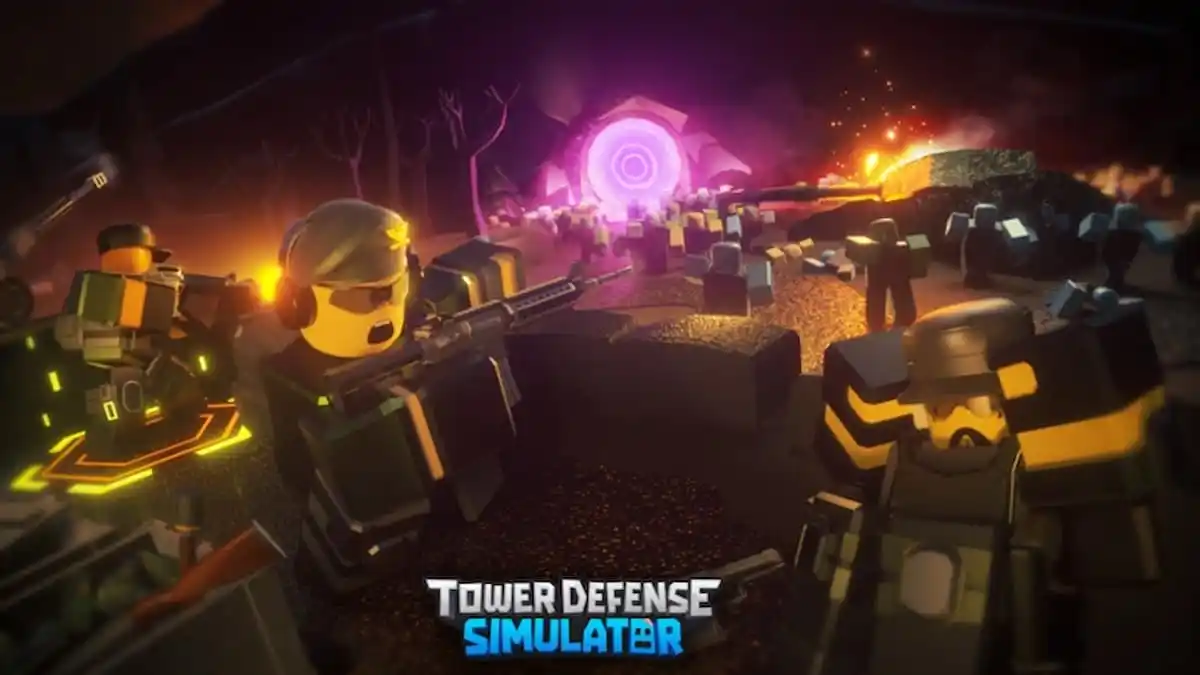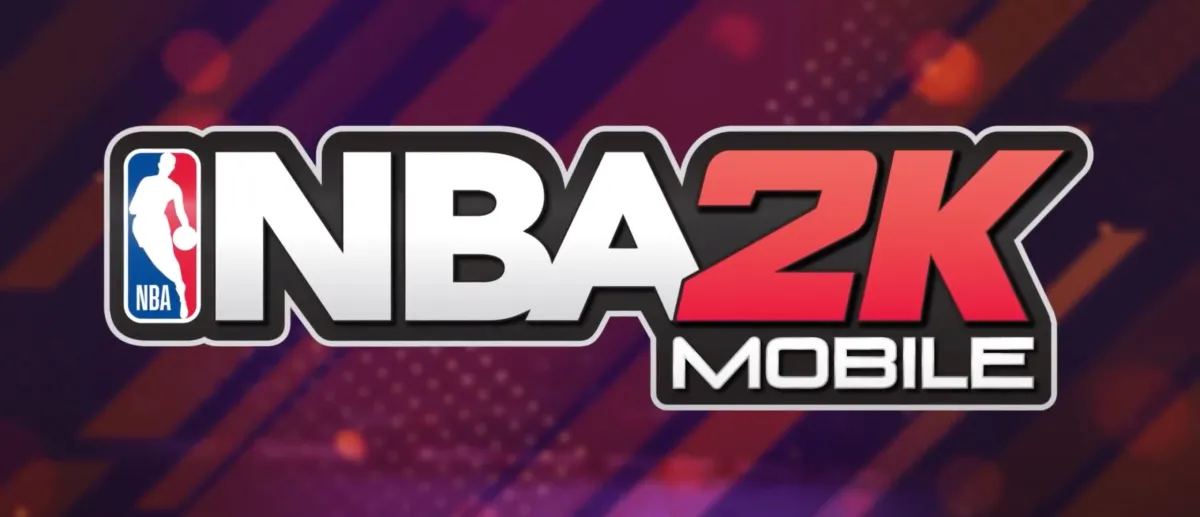Cloud9 and Evil Geniuses stood next to each other on stage, in front of a crowd of thousands at BlizzCon. Cheery Cloud9 captain Cameron “Bobbyhankhill” Nelson had the mic in hand, telling the crowd that they had outpicked Evil Geniuses.
He was right.
It was a 3-0 slaughter, Cloud9’s potent combination of Tychus and Abathur and the use of Arthas proved too much for Evil Geniuses to bear. Fans after the match decried Evil Geniuses’ champion select, their lack of adjustments. In fact, the picks for each game of the series were made before the match—Evil Geniuses had no chance to adjust to what was happening in each game. They certainly needed it.
The first ever official Heroes of the Storm tournament was a perfect example of the importance of the draft phase in a multiplayer online battle arena.
Now, Heroes of the Storm is adding ranked play in anticipation of its graduation from technical alpha to beta. Ranked play is the lynchpin of every game in the genre—pitting two teams of five players against each other in combat works even better when you can keep track of just how good everyone is. Part of that system is the addition of a draft mode, where players on each team take turns selecting the heroes they will bring into a match.
It was an inevitable addition to Heroes. Multiplayer online battle arenas thrive due to solid matchmaking and game balance, something most evident in ranked game modes. MOBA’s are by nature a competitive genre, so it’s only natural to see how you stack up against your friends and foes. But the details of the system don’t have to mimic the traditional ladders traditional ladders or draft systems used in League of Legends, Dota 2, and even StarCraft 2. Like the rest of the Heroes design, Blizzard put its own unique flavor on it.
Heroes of the Storm ranked play will feature two separated leagues, which Blizzard dubs “Hero League” and “Team League.” Groups of any size can queue for Hero League, while Team League requires a full set of five players.
Right now there are two restrictions for ranked queues. The first is simple—you need to own 10 heroes, because every hero in a ranked match will be unique. Heroes in the free rotation do not count towards that 10. Also, the player account must be level 30 to queue for Hero League, and level 40 to queue for Team League.
Unlike other games in the genre, which feature a single map, Heroes has an ever-increasing stable of battlegrounds. Players will know which map they’re playing before they draft heroes in ranked play.
The details have ruffled the feathers of a set of players who want what they call a “pure” solo queue experience. In League of Legends, players can only queue solo with one friend, meaning they’ll be matched against other similar pickup teams, and rated on that basis. The argument is that this better shows your skill as an individual than as a cog in a team.
Blizzard’s system has advantages. It doesn’t want to exclude groups of three and four players from queueing for Hero League. The rating should still work out fairly assuming enough of the playerbase queue, since groups will get matched against groups with the same size. Granted, that isn’t a “hard rule,” as Dustin Browder, game director of Heroes of the Storm, puts it.
The company seems to want to push its Team League (rather than Hero League) as a proxy for competitive mode, based off the higher required level to queue. That’s also a departure from League of Legends, where the Ranked 5’s ladder is largely a joke save for when its used to qualify for events like the ongoing Expansion Tournament.
But the exclusion of a ban phase during the hero draft makes it a poor proxy—every major Heroes competition so far includes picks and bans, usually done by hand before a game.
Blizzard has some good reasons for excluding bans, at least for ladder play. Introducing one ban for each team then requires players to own at least 12 heroes to play in ranked. More bans only increases that number. Plus, bans take up a much higher proportion of time in bite-sized Heroes of the Storm matches, compared to rivals like League of Legends and Dota 2.
“With 20 minute games, we’re already adding a significant amount of time just for the picking phase,” Browder explained. “At some point you’re picking for a third of the time you are playing. You’re like, ‘Ugh?’ unless you enjoy that too.”
Granted, that’s no solace for competitive players. But Browder made it clear that even ranked play isn’t the same as a competitive mode, opening the possibility of a ban system for custom competitive matches even if it doesn’t appear in ranked.
“For us there were two things that came to bans for ranked play in the ladder, which is not the same as tournament,” Browder said. “Tournaments do what tournaments want to do. If tournaments want to run bans, go for it, I’m cool with it.”
That’s a Blizzard refrain repeated by Heroes of the Storm, Hearthstone, and even StarCraft 2 developers—let the community decide. But the community already seems set on including bans in the game. Blizzard needs to provide the tools to make it happen.
“Not having bans was a big problem,” Cristian “Ace of Spades” Lippa, captain of mYinsanity and member of Fnatic told me at BlizzCon. “We saw a lot of… not cheesy comps… but it’s hard to prevent teams from just winning a game because they have Abathur on certain maps without bans.”
Cloud9, the BlizzCon champions, used the potent Tychus plus Abathur combination to win the tournament. Team captain Cameron “Bobbyhankhill” Nelson said they knew they would win once they had that combo after the match, and they got it in every game of the finals. But what is Evil Geniuses supposed to do, when Tassadar, the most contested champion in the game, is still on the board?
Tassadar, Tychus, and Arthas made up the first three picks in most of the matches at the BlizzCon tournament. Browder admits there were issues.
“Some of those are just bad balance problems we still haven’t resolved,” he laughed. “But yes. That could be the permanent state of the game. We can take full ownership. We knew coming into BlizzCon that was the reality. We have buffs and nerfs coming into next patch.”
“We’re looking for ways to shorten, and we were wondering if bans can be one of those ways,” he said. “But we’ll see. I’m less convinced than I was coming into BlizzCon, right? Ah, maybe we need this, but we’ll talk about this some more.”
Blizzard has decades of experience balancing its games—Browder was quick to point out its balance team is embedded within the design staff so they have a large influence on development. But that doesn’t mean bans still won’t be needed.
“I don’t want to say it’s stupid [not to have bans], but it’s totally necessary for competitive gaming to have bans in draft,” Lippa said. “Even if it’s only online, we need that. We can’t have ranked game online without bans.”
Bans allow teams to prevent so-called cheesy team compositions, lineups that abuse unpredictable gimmicks like maybe a global map movement team with Abathur, Falstad, Brightwing, and Elite Tauren Chieftain, capable of backdooring an enemy team at any moment, and avoid direct counter to strategies they want to execute. It prevents one team, like Cloud9 in the finals against Evil Geniuses, from running the table with a specific strategy. Sure, Evil Geniuses had some freedom to first pick Tychus or Abathur to deny Cloud9, but giving up Tassadar, for example, may be just as dangerous. Bans give teams more flexibility.
The two most popular MOBAs handle bans in different ways. League of Legends allows each team to ban three champions before selecting teams, a pre-emptive way to block strategies you don’t want to see. In Dota 2, picks and bans occur in alternating rounds, giving teams the ability to react to certain hero selections with bans to stop certain combinations.
“I only played League, not Dota, so at the start I wanted the League system,” Lippa said. “But we played some ESL tournaments with Dota 2 style bans, and I think that’s the best to prevent cheesy comps from going out. That makes it for a better show for the fans and a more balanced game.”
Of course, the Dota system takes even more time than League’s solution. It’s unlikely Blizzard would implement that kind of system for ranked play. But it’s something to consider.
Whatever the case, it’s clear that bans will be a hot button issue as ranked play rolls out, especially if heroes like Tychus and Arthas end up dominating the ladder.
But as Browder is always quick to point out, the game is still in alpha. Blizzard is open to trying new things, discussing things with its players, and reacting to their feedback. It’s an ongoing process, and one that may sometimes seem to slow for players, with the massive amount of features and content Blizzard still wants to add to the game as it heads to beta and beyond. Bans may become a thing. But not for a while—Browder and his team will have other issues to fix first.





